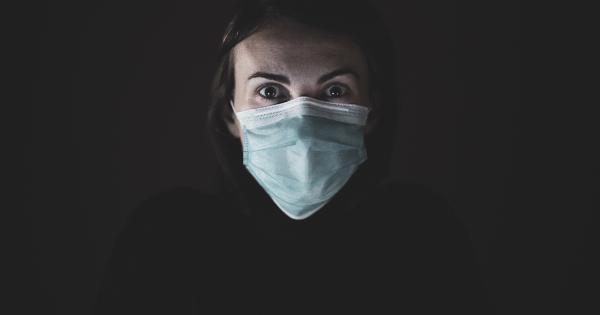Polio, short for poliomyelitis, is an infectious disease caused by the poliovirus. In most cases, the disease is asymptomatic or causes only mild flu-like symptoms.
However, for a small percentage of people infected, the virus attacks the motor neurons in the brain stem and spinal cord, leading to paralysis and possibly death.
Causes
The primary cause of polio is the poliovirus. The virus spreads from person to person, mainly through contaminated feces or droplets from the throat or nose of an infected person.
Symptoms
Most people who are infected with the poliovirus do not show any symptoms and fully recover without any complications. However, some people may experience symptoms such as:.
- Fever
- Sore throat
- Headache
- Vomiting
- Fatigue
In a small percentage of cases, the virus can cause more severe symptoms, including:.
- Muscle weakness
- Loss of reflexes
- Muscle wasting
- Paralysis (partial or complete)
Prevention
The best way to prevent polio is through vaccination. The polio vaccine is safe and effective, and it is recommended that all children receive the vaccine as part of their routine immunization schedule.
Treatment
There is no cure for polio, but treatment can help manage the symptoms and prevent complications. Treatment may include:.
- Bed rest
- Pain relief medication
- Assistive devices to help with mobility
- Physical therapy
Complications
For those who develop more severe symptoms, complications can include:.
- Paralysis of the arms, legs, or diaphragm muscles
- Difficulty breathing
- Difficulty swallowing
Outlook
The vast majority of people who are infected with the poliovirus fully recover without any complications. However, for those who do develop more severe symptoms, the outlook can vary depending on the extent and location of paralysis.
Global Eradication Efforts
Since the introduction of the polio vaccine in the 1950s, the number of cases of polio has decreased dramatically.
Global efforts to eliminate the disease have been ongoing, and the World Health Organization (WHO) has set a goal to eradicate polio completely. While there is still work to be done, significant progress has been made, with only a few countries still reporting cases of polio annually.
Conclusion
Polio is a disease that can cause paralysis and even death, but it is preventable through vaccination. It is important to take the necessary precautions to protect yourself and others from the virus.
If you experience any symptoms or have concerns about your risk for polio, speak to your healthcare provider.






























